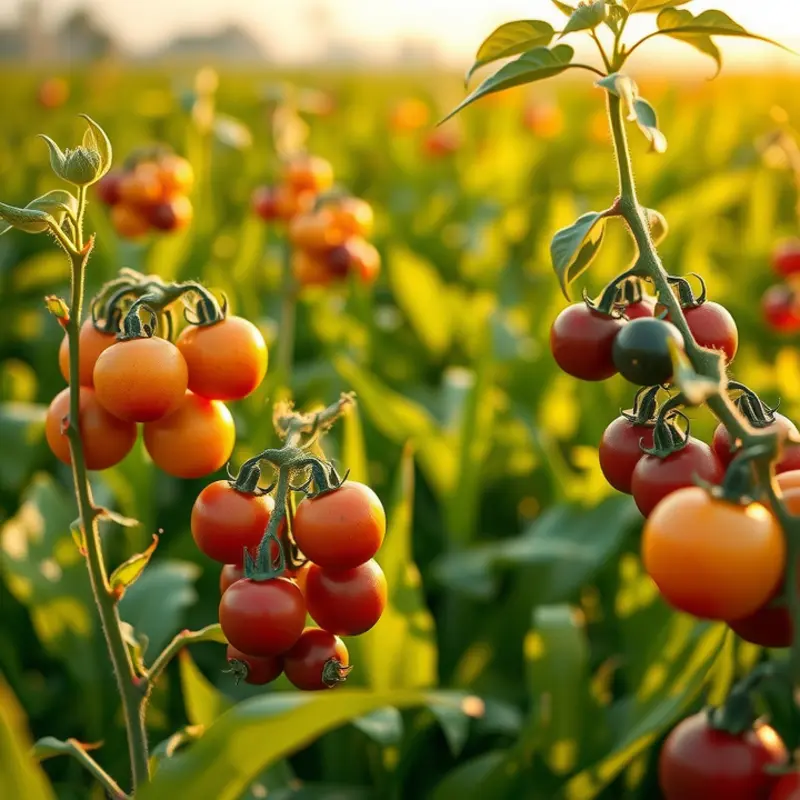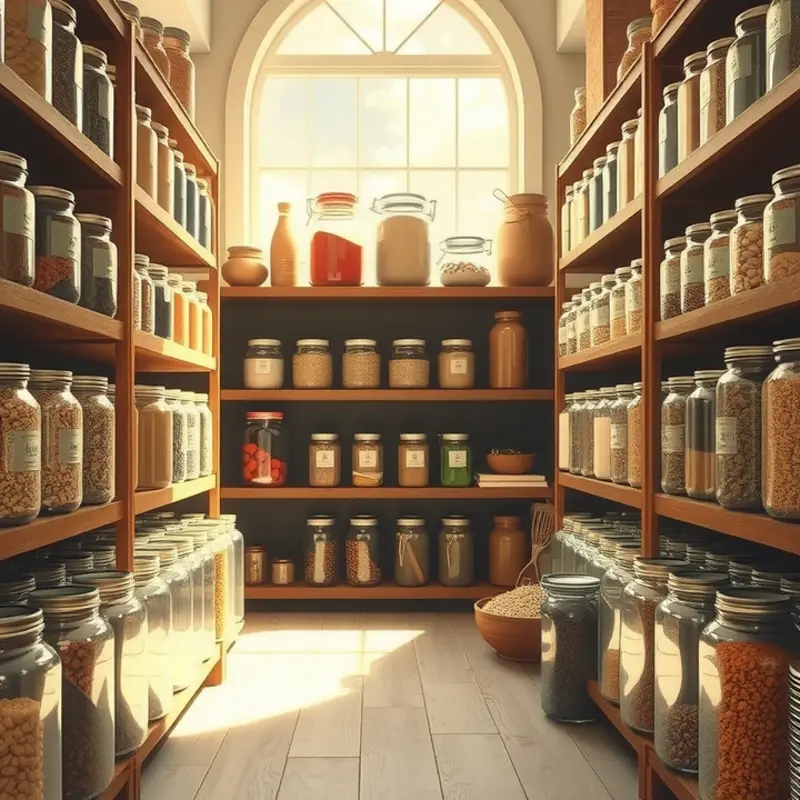Proper food storage is essential for maintaining freshness, safety, and minimizing waste in our kitchens. By following simple yet effective techniques, you can extend the shelf-life of perishable items, keep your pantry organized, and ultimately save money. This guide focuses on actionable methods for everyone, ensuring that your food management practices at home are efficient and effective.
Essential Storage Techniques for Perishables

Maximizing the shelf-life of perishables requires understanding both the unique storage needs of various food categories and the proper conditions that help maintain their freshness. Fruits, vegetables, dairy, and meats each demand specific strategies to prevent spoilage.
Fruits and Vegetables
Storing fruits and vegetables correctly hinges on knowing their sensitivity to ethylene gas. Some fruits like apples and bananas produce ethylene, which can accelerate ripening in nearby produce. Keep these separate from ethylene-sensitive vegetables like lettuce and carrots to avoid premature spoilage.
Temperature plays a crucial role in storage. Most fruits and vegetables maintain freshness best at temperatures between 32-40°F (0-4°C) in the crisper drawer of your refrigerator. Adjust the humidity settings in your crisper drawers—use high humidity for leafy greens and low humidity for fruits.
Dairy Products
Dairy products such as milk and cheese are best stored in the main compartment of the fridge rather than the door, where temperatures can fluctuate. Maintain a consistent temperature below 40°F (4°C) to keep dairy fresh. Consider wrapping cheeses in wax paper, which allows them to breathe while preventing them from drying out.
Meats and Poultry
For meats, maintaining a cold, stable temperature is vital. Store meat on the lowest shelf to prevent potential dripping onto other foods. Seal meat in airtight containers or wrapping to reduce exposure to air, which can cause spoilage. Aim for a temperature around 32-36°F (0-2°C) in the refrigerator.
Freezing is an excellent option for prolonging the life of meat, but it involves careful packaging to avoid freezer burn. Use vacuum sealing or heavy-duty foil, and always label and date the packages.
Humidity and Airflow
The balance of humidity and airflow is important to all perishables. Excess moisture can lead to mold growth, while too little can dry out produce and meats. Adjust your fridge’s settings to maintain a relative humidity of about 85-90% for produce and 90% for meats.
Another tip to prolong freshness is to ensure proper airflow inside your fridge. Overloading your fridge can restrict airflow, leading to uneven cooling and potential spoilage spots.
Clever Packaging Techniques
Adopting effective packaging techniques can further extend the freshness of perishables. For cut fruits and vegetables, consider reusable silicone bags or containers to minimize exposure to air and moisture loss. This helps maintain their flavor and texture over time.
Incorporate breathable storage options for certain items. Mesh bags work well for potatoes and onions, as they need air circulation to stay fresh longer.
For a more sustainable kitchen, explore eco-smart kitchen storage solutions that promote longer shelf-life through innovative designs and materials.
By understanding the intersection of temperature, humidity, and packaging, you can significantly prolong the shelf-life of perishable foods, reducing waste and enhancing food safety.
Smart Pantry Management for Longevity

Efficient pantry management extends food shelf-life and minimizes waste. Begin by organizing items into groups based on type: grains, canned goods, spices, and snacks. This categorization speeds up finding ingredients and helps identify overlaps or shortages. Label each shelf or section for easy access, which encourages consistent upkeep.
Expiration dates are a critical component of smart pantry management. Manufacturers use these to indicate peak quality, although food doesn’t necessarily become unsafe afterwards. Still, maintaining awareness is crucial. Arrange items using a ‘first in, first out’ strategy. Place newer purchases behind older ones, ensuring items closest to expiration are used first. This practice reduces waste and promotes timely consumption.
Choosing the right containers crucially impacts shelf-life. For dry goods like flour, rice, and pasta, use airtight containers to prevent moisture exposure. Clear containers let you see contents at a glance, reducing the chance of overbuying. Consider containers with vacuum seals or desiccant packets for items prone to spoilage. When storing wet ingredients like sauces, opt for glass jars or heavy-duty plastic that seals tightly to preserve freshness.
Temperature and humidity control further bolster pantry longevity. A cool, dry environment extends food viability, while heat and moisture accelerate degradation. Invest in a hygrometer to monitor humidity levels, ideally aiming for 50% or lower. Prevent direct sunlight exposure, which can spoil oils and canned goods. These measures also enhance food safety by minimizing bacterial growth and spoilage.
Another smart strategy is to keep an inventory list. Note expiration dates, quantities, and any stock you want to maintain on hand. Regularly review and adjust this list, incorporating it into meal planning to further reduce waste. For related ideas, explore our minimal prep dinner ideas to integrate pantry items seamlessly into your weekly meals.
Enhancing pantry management with these strategies not only extends the shelf-life of your food but also streamlines meal prep and minimizes waste. With time and consistency, these habits evolve into an intuitive part of your kitchen routine, supporting both food safety and sustainability goals.
Final words
Maximizing shelf-life and ensuring food safety at home requires a combination of the right storage techniques and effective pantry management. By applying the practical tips outlined in this guide, you can not only reduce food waste but also save money and ensure that your meals are always fresh and tasty. Remember, investing time in proper food storage today yields delicious results tomorrow. Take charge of your kitchen and make smarter choices for a healthier lifestyle.







